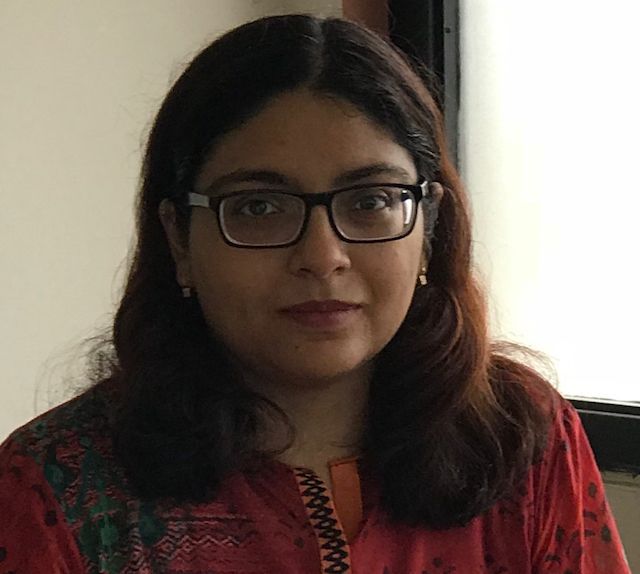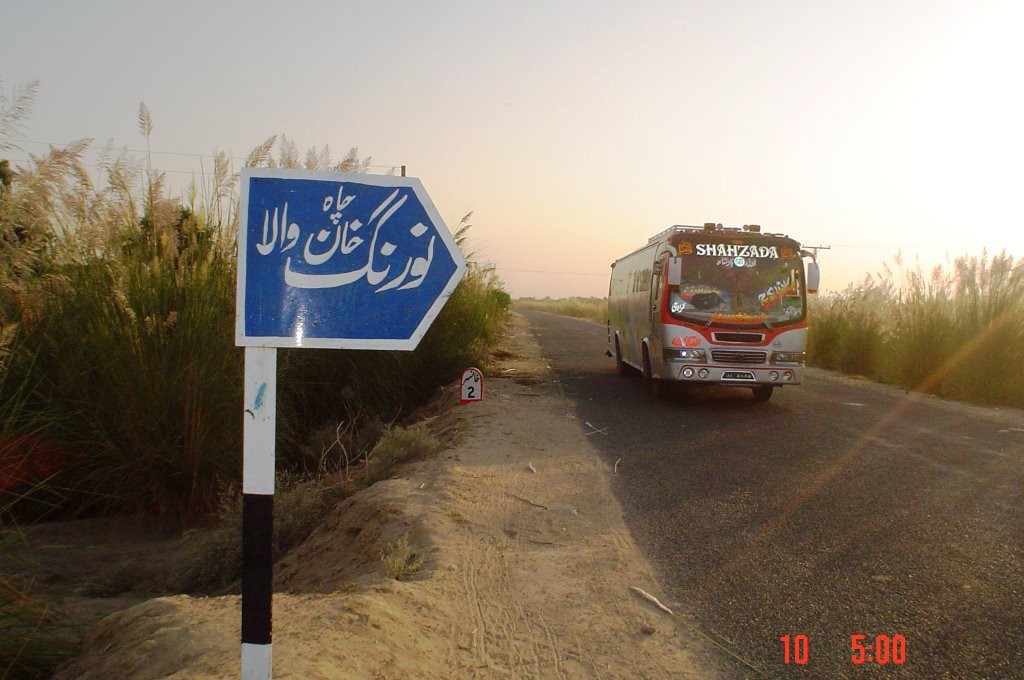Why Financial Literacy Matters More Than Ever
Being able to manage money smartly isn’t just a good habit; it’s a survival skill. From inflation and rising utility costs to planning for emergencies, Pakistani consumers, just like their counterparts the world over, face multiple financial challenges daily. Yet, one critical factor that keeps many from making informed decisions is the lack of financial literacy.
Here’s the reality: most people still rely on friends, family, or hearsay for advice about loans, insurance, or investments. The biggest barrier? Complex financial jargon and the lack of easy-to-understand resources in Urdu and regional languages.
Why Language is Key to Financial Awareness
Think about it, how many people around you are comfortable reading detailed guides in English? Probably a small percentage. The average Pakistani consumer speaks Urdu or a regional language at home. So, if we keep financial content locked in English, we’re leaving out a massive audience.
By offering content in Urdu, Punjabi, Sindhi, Pashto, and Balochi, brands can ensure that people not only access information but actually understand it. After all, literacy is not just about reading, it’s about comprehension and confidence.
Current Gaps in Financial Literacy in Pakistan
Before diving into solutions, let’s look at the reality:
- Insurance Awareness is Low: Many still believe health insurance is only for big corporates or the rich.
- Loans and Credit Are Misunderstood: People often confuse personal loans with credit card debt, leading to poor financial choices.
- Savings Culture is Weak: Most households operate without an emergency fund.
The reason isn’t unwillingness; it’s lack of knowledge and accessibility. Imagine explaining the concept of “deductible” in English to someone who barely uses the internet. That’s where localized content steps in.
The Business Case for Urdu and Regional Content
You might wonder, “Why should businesses care?” The answer is simple: a financially literate customer is an empowered customer, and empowered customers are loyal, especially if your product is sound.
When people understand products clearly, they’re more likely to make confident decisions, which means less attrition and deeper trust in the brand. For most businesses, creating accessible content translates into:
- Higher engagement: People spend more time with products that speak their language.
- Increased conversions: Clarity removes hesitation, driving faster decisions.
- Brand trust: Educating customers shows that you care beyond sales.
How Urdu and Regional Content Can Make an Impact
Here’s how localized content can turn the financial literacy challenge into an opportunity:
1. Translate Complex Terms into Everyday Language
Instead of saying “premium” or “deductible,” use relatable terms like mahana qist or kharch ka hissa jo aap bharenge. These terms feel familiar and less intimidating.
2. Use Visual and Audio Content
Not everyone reads long articles. Short videos, infographics, and podcasts in Urdu or regional languages make financial concepts easy and engaging.
3. Create Step-by-Step Guides in Urdu
Imagine a blog titled “Health Insurance Samajhna Aasaan Hai” or “Car Insurance Ke 5 Zaroori Nuqaat.” These simple, clear titles invite readers who might ignore an English alternative.
4. Incorporate Cultural Examples
Financial habits vary across regions. For instance, both rural and urban households still rely on informal savings committees (committees or BC). Linking insurance or savings concepts to these familiar practices helps bridge understanding.
Fintech Platforms Leading the Way in Financial Awareness
Fintech platforms are perfectly positioned to take this initiative forward. With their expertise in comparing insurance, loans, and financial products, they can build Urdu content hubs for:
- Health and Life Insurance Guides
- Loan and Credit Card Tutorials
- Savings and Investment Tips
Not everyone has the time or inclination to attend a workshop or class. By tapping into digital resources, you can target your audience where they usually are: online. Use tools like short videos, infographics, blogs, and phone apps like budget calculators.
For example, many sites provide comprehensive insurance guides to help customers understand health and life insurance better. They can also expand this by launching regional video series on platforms like YouTube and TikTok, where a huge portion of the audience consumes content in Urdu or local dialects.
Why it works: Digital content is shareable, accessible, and cost-effective. A well-placed video on social media or a downloadable budget template on your website can reach hundreds or even thousands of people.
Another great opportunity lies in WhatsApp communities and voice notes, which are already widely used in Pakistan. By sharing bite-sized financial tips in these formats, fintech brands can engage millions effectively.
Challenges and How to Overcome Them
Of course, this isn’t without hurdles:
- Translation Accuracy: Literal translations can confuse readers. The key is contextual adaptation.
- SEO in Urdu: While English dominates online searches, Urdu and Roman Urdu queries are growing. Optimizing for both is essential.
- Content Cost: Producing multilingual content requires resources, but the ROI in brand trust and conversions makes it worth it.
The good news? AI tools and voice-based technology now make this process faster and cost-effective, helping businesses produce localized content at scale without compromising quality. For those seeking to educate on loans and credit, resources like personal loan section are perfect starting points.
The Bigger Picture: Financial Inclusion for All
Promoting financial literacy through Urdu and regional languages isn’t just a marketing strategy, it’s a step toward financial inclusion. When people in remote areas understand how to protect themselves with health insurance or use credit responsibly, they’re empowered to make better choices for their families.
For businesses, this is an opportunity to lead the conversation, build trust, and grow responsibly. The future belongs to brands that prioritize accessibility and inclusivity.
Final Thoughts: Time to Act
Financial literacy isn’t a luxury; it’s a necessity for every Pakistani household. By embracing Urdu and regional content, businesses can bridge the knowledge gap and create meaningful relationships with customers.

Sadia Zaheer holds a Masters in Business Administration from IBA, Karachi. After working in several financial institutions in Client Management, Corporate Lending, Islamic Banking and Product Management she jumped careers to pursue a career in writing.
She is a Finance, Business and HR Development writer with four years of experience. She reads a lot and takes care of her multiple cats to remain calm.



